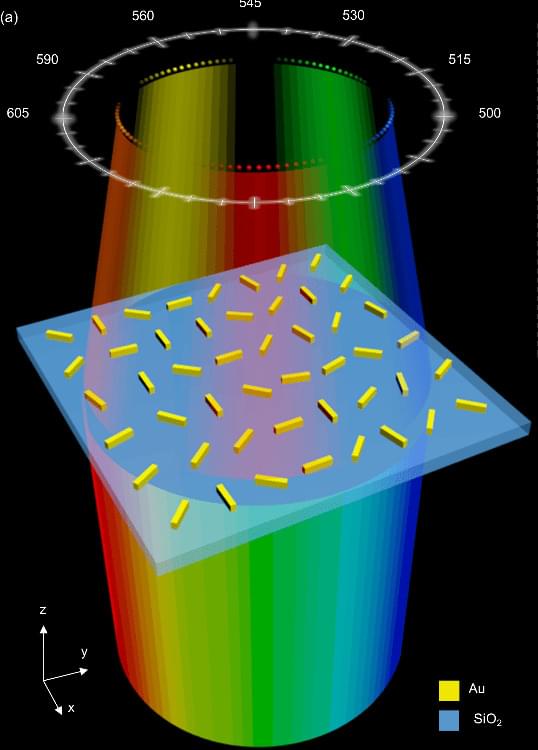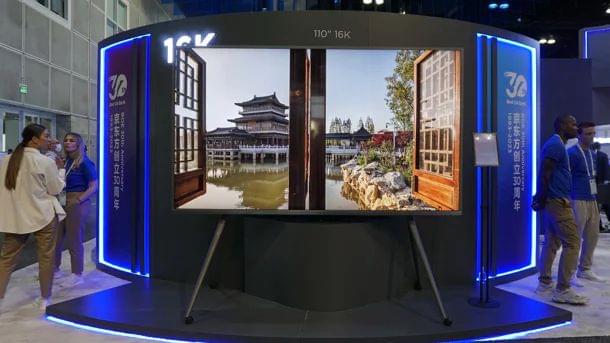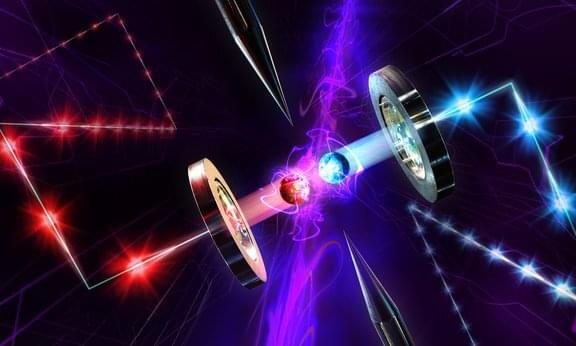According to a recent tweet from Twitter owner Elon Musk who recently confirmed the app, Twitter is preparing to launch its own video app for Smart TVs.


Scientists have developed a pill-shaped, swallowable camera that can be controlled by physicians once ingested to help doctors diagnose digestive issues.
Ingestible pill-shaped endoscopes are not a new idea. Last year, PetaPixel reported on the Pillcam which is just such a device, but it had limitations just like all other swallowable pill cameras: doctors can’t control it once it is ingested.
Traditional pill cameras are driven only by gravity and the natural movement of a subject’s body, which limits what doctors can actually see. That is poised to change as scientists from George Washington University have developed a first-of-its-kind system that allows physicians to remotely “drive” a pill capsule through all the regions of the stomach to see and photograph potential problem areas.
I’ve found a lot of reasons – from finding components that are overheating (which can indicate faulty components), identifying overheating wires and connectors (which can indicate damaged wires or connectors), diagnosing issues with HVAC, find draughts at home, and much, much more.
Also: This $10 gadget is my favorite repair tool of all time
I started out thinking that these cameras were gimmicks, but they’ve become an important tool in the toolbox.

A former executive of Samsung Electronics stole the juggernaut’s confidential semiconductor data to build a copycat chip facility in China, South Korean prosecutors alleged on Monday.
The 65-year-old defendant, who also previously worked for Korean chipmaker SK Hynix, has been arrested. He has been accused of violating industrial technology protection laws and stealing trade secrets from 2018 to 2019 to establish a copy of Samsung’s semiconductor plant, just 1.5 kilometers away from Samsung chip factory in Xi’an, China.
The ex-Samsung exec’s attempt to build the copycat chip plant allegedly fell through after his backer, purportedly an undisclosed Taiwanese company, canceled more than a $6 billion (approximately 8 trillion won) investment into the project, prosecutors said. Instead, he received capital from investors in China and Taiwan to produce trial chip products based on Samsung’s technology.
By arming each drone with its own sensors, researchers have created the first swarm capable of navigating a wide environment.


Chinese display maker BOE has unveiled a truly massive 110-inch 16K TV, putting the hordes of 4K TVs and projectors on the market to shame.
This seismically large prototype packs in a 16K resolution, with four times as many pixels as an 8K screen, and 16 times the pixel count of 4K. It was shown off at SID Display Week 2023 in Los Angeles, to celebrate BOE’s 30-year anniversary with a showcase of cutting-edge resolution far beyond the average television (via Heise.de).

A quarter century ago, theoretical physicists at the University of Innsbruck made the first proposal on how to transmit quantum information via quantum repeaters over long distances, which would open the door to the construction of a worldwide quantum information network.
Now, a new generation of Innsbruck researchers has built a quantum repeater node for the standard wavelength of telecommunication networks and transmitted quantum information over tens of kilometers. The study is published in the journal Physical Review Letters.
Quantum networks connect quantum processors or quantum sensors with each other. This allows tap-proof communication and high-performance distributed sensor networks. Between network nodes, quantum information is exchanged by photons that travel through optical waveguides. Over long distances, however, the likelihood of photons being lost increases dramatically.

Apple Inc.’s annual WWDC developers’ conference is fast approaching — and this one promises to be a bit more eventful than most, as the consumer-electronics giant is expected to debut its long-awaited mixed-reality headset.
The company hasn’t made a major product introduction since it rolled out the Apple Watch in 2015, but with an expensive headset supporting augmented and virtual reality, Apple AAPL,-0.88% will be entering into a market that has so far failed to catch on in a mainstream way. Meta Platforms Inc. META, +0.85% has bet big on virtual reality with its Oculus headset, with only limited traction.

Summary: Scientists present a hypothesis dubbed “Cytoelectric Coupling” suggesting electrical fields within the brain can manipulate neuronal sub-cellular components, optimizing network stability and efficiency. They propose these fields allow neurons to tune the information-processing network down to the molecular level.
Comparatively, this process is akin to households arranging their TV setup for optimal viewing experience. The theory, open for testing, could significantly enhance our understanding of the brain’s inner workings.